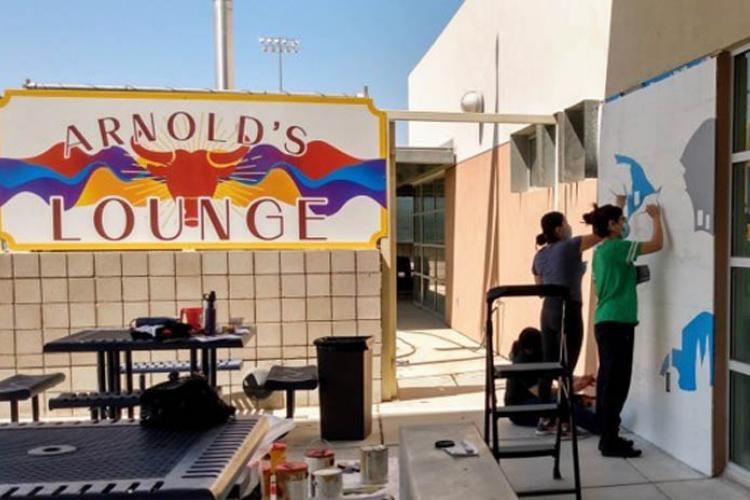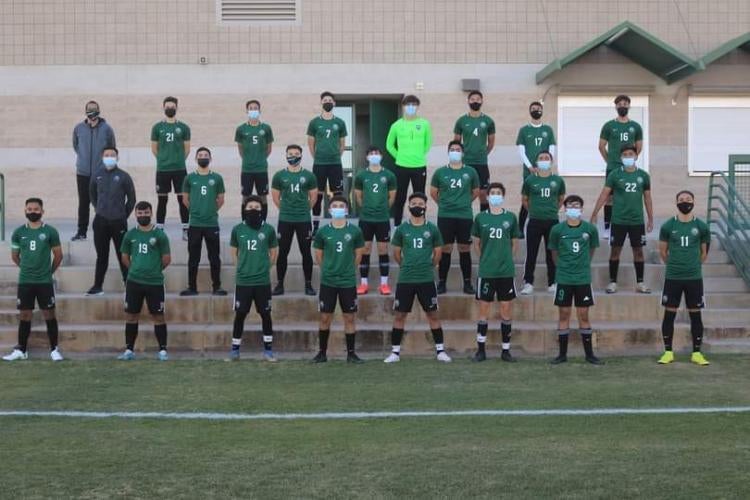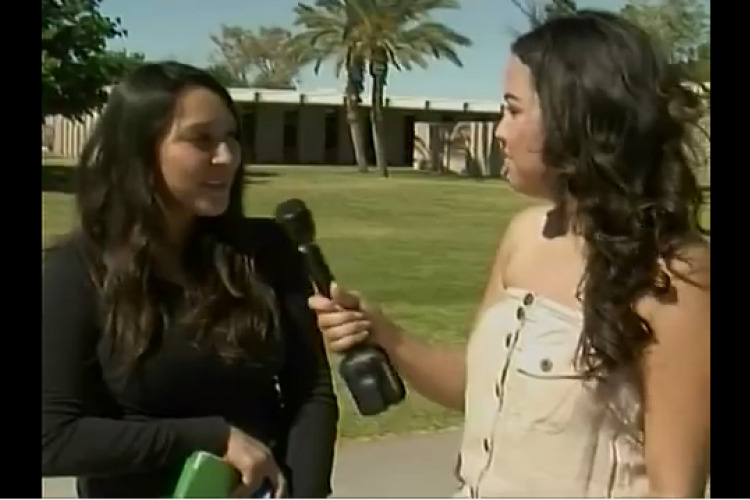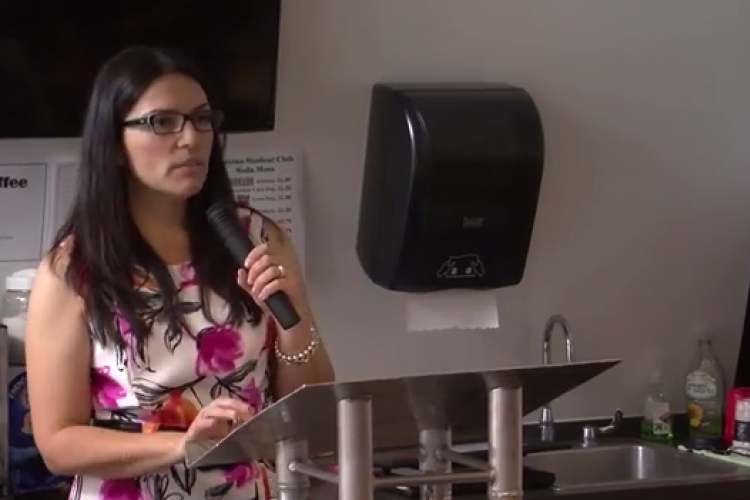
“Tutor the person, the writer, and then the assignment.”
This is the philosophy that employees in the Writing Center Arizona at Western College try to follow in order to bring out a students’ full potential, according to the center coordinator, English Professor Clayton Nichols.
Negatives
However, that philosophy has been tougher to implement during the Coronavirus pandemic and has resulted in all tutoring services transitioning from in-person to online. At present, students who want a tutoring session have to contact the Student Success Center, request an appointment and then either meet with a tutor through Zoom or message them through email. While this process isn’t overly complicated, there’s concern that fewer students are going to tutoring because of it.
“That’s probably the biggest reason why a lot of students don’t seek online tutoring – because they don’t know really how to work technology,” says Alanis Diaz, who has been an English tutor at the Center since spring of 2019.
Another major concern is that going online has made tutoring feel impersonal. Before the pandemic, students on campus would be able to walk into the Writing Center and work side by side with their tutor, improving their writing and developing relationships. Now, students interact with their tutors only through Zoom, where connectivity issues can cause a delay of information or email, and where there’s almost no interpersonal relationship.
“I’ve always liked a physical person to talk to,” admits Isaiah Casanova, an AWC student. “For me it’s better. There’s more of a connection.”
Positives
Some positives have also come out of online tutoring, though, the most important being safety, as online tutoring severely reduces the chances of students becoming exposed to the Coronavirus. AWC’s main concerns have been keeping its students safe and lowering the risk of contracting the virus, and so far that strategy has succeeded.
Another positive of going online is the increased access to tutoring.
“It opens more opportunities for students who maybe didn’t have them before,” Nichols says. “The access is so much greater now. It’s really advantageous.”
Before, only students on campus would get access to help from tutors. Now, it doesn’t matter where they live; all they need is an Internet connection, a phone or computer, and some time. Whether they need help on a specific assignment or want to get better at writing in general, it’s all a Zoom call or email away.
What’s next?
While they admit the situation is less than ideal, employees at the Writing Center believe they’re doing a great job this semester, given the circumstances. Still, looking ahead to next semester, they believe they can improve.
One of the areas they’re looking to tweak is embedded tutoring, which is when a tutor is given a specific class to watch over and help whenever needed.
“For Spring 2021, instead of doing the embedded tutoring program completely asynchronously online, we’re going to be doing Zoom in remote real-time,” Said Nichols.
This is primarily going to be seen in ESL Level One and two classes in Yuma – that is, twenty English 101 sections with newer professors and a combo co-req EAP class.
Additionally, AWC is striving to provide the community with more Wi-Fi access, allowing students to take full advantage of the online resources, especially those who live outside of Yuma and struggle with getting a decent Internet connection.
Tutoring in 2020 has been a wildly different experience from past years. With the situation changing from moment to moment, there’s no promise that 2021 will be any easier; but if help with English is what a students need, they shouldn’t be afraid to turn to the AWC Writing Center.
“We don’t bite,” say Diaz. “We’ll do whatever we can to make you comfortable and get you the help you need.”
























